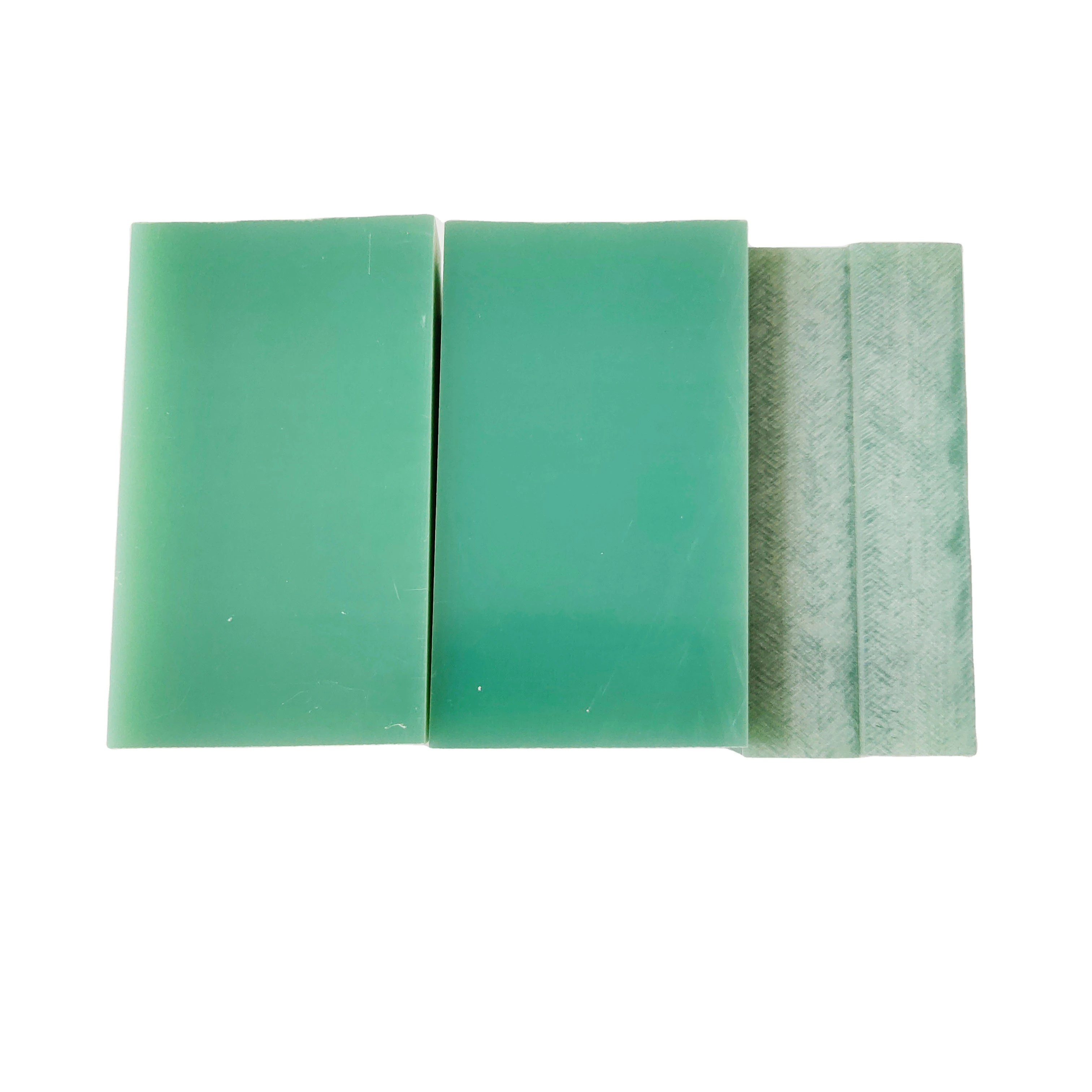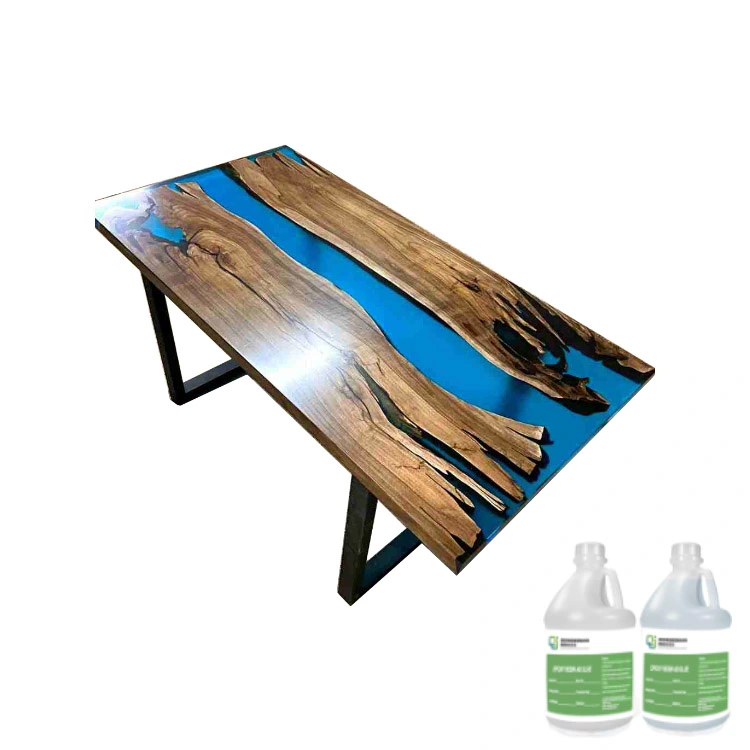What Is Fr4 Material And Its Applications?
2024-11-13 17:11:46
FR4 Epoxy Sheet material, a ubiquitous component in the electronics industry, plays a pivotal role in the manufacturing of printed circuit boards (PCBs) and various insulating applications. This versatile material has garnered widespread adoption due to its exceptional properties and cost-effectiveness. In this comprehensive guide, we'll delve into the intricacies of FR4, exploring its composition, characteristics, and myriad applications across diverse industries.
Understanding FR4 Material
Composition and Manufacturing Process
FR4 Epoxy Sheet, an abbreviation for Flame Retardant 4, is a composite material comprising woven fiberglass cloth impregnated with an epoxy resin binder. The manufacturing process involves layering multiple sheets of fiberglass fabric, saturating them with epoxy resin, and subjecting the assembly to heat and pressure. This process results in a robust, laminated material with excellent electrical and mechanical properties.
Key Properties of FR4
FR4 Epoxy Sheet offers a versatile range of properties that make it essential in many industries. Its high dielectric strength ensures reliable electrical performance, while its low moisture absorption prevents degradation in humid environments. The material also excels in thermal stability, mechanical strength, and flame retardancy, ensuring durability under stress. Additionally, FR4’s excellent dimensional stability helps maintain precise component alignment, contributing to the overall longevity and performance of electronic assemblies.
Grades and Variations
FR4 Epoxy Sheet comes in a wide range of grades and variations, each designed to meet specific needs across various industries. Options include high-temperature grades for heat-resistant applications, halogen-free versions for environmentally conscious designs, and variants with enhanced thermal conductivity for better heat dissipation. This broad selection enables manufacturers to choose the most appropriate FR4 material based on performance, regulatory, and environmental requirements, ensuring optimal results for their projects.
Applications of FR4 Material
Printed Circuit Boards (PCBs)
FR4 Epoxy Sheet is primarily used in the production of printed circuit boards (PCBs), where its superior electrical insulation and mechanical strength provide a reliable foundation for electronic circuits. These FR4-based PCBs are crucial in a wide range of electronic devices, including smartphones, computers, medical equipment, industrial control systems, and automotive electronics. The material's versatility and durability make it a preferred choice for both consumer and industrial applications.
Electrical Insulation
In addition to PCBs, FR4 Epoxy Sheet is widely used as an electrical insulator in various industries. Its high dielectric strength, low moisture absorption, and excellent thermal stability make it ideal for insulating components in transformers, motors, and other electrical equipment. FR4 sheets and panels are often used to create protective barriers between high-voltage components, enhancing safety and preventing electrical shorts. Its versatility ensures reliable performance in demanding electrical applications.
Structural Components
FR4’s mechanical strength and dimensional stability make it ideal for use as a structural material in electronic devices. It is commonly used in the construction of chassis, enclosures, and support frames for telecommunications equipment, aerospace systems, and industrial machinery. Its lightweight nature, combined with its durability and resistance to environmental stresses, ensures long-lasting performance, making it a preferred material in applications where strength and reliability are crucial.
Advantages and Limitations of FR4
Benefits of Using FR4
FR4 offers numerous advantages that contribute to its widespread adoption:
- Cost-effectiveness compared to alternative materials
- Excellent electrical properties
- High strength-to-weight ratio
- Resistance to environmental factors
- Versatility in manufacturing and processing
- Availability in various thicknesses and sizes
Limitations and Considerations
While FR4 excels in many areas, it does have some limitations:
- Limited high-frequency performance compared to specialized materials
- Potential for moisture absorption in extreme environments
- Thermal expansion issues in certain applications
- Environmental concerns related to some flame retardant additives
Alternatives to FR4
In applications where FR4's properties are insufficient, alternative materials may be considered:
- Polyimide for high-temperature applications
- PTFE-based materials for high-frequency applications
- Aluminum nitride for improved thermal management
- Ceramic substrates for specialized electronic applications

Future Trends and Innovations in FR4 Technology
Environmental Considerations
As environmental concerns grow, the FR4 Epoxy Sheet industry is evolving to address sustainability issues. Manufacturers are developing halogen-free FR4 materials and exploring bio-based alternatives to traditional epoxy resins. These innovations aim to reduce the environmental impact of FR4 production and disposal while maintaining its essential properties.
Enhanced Performance Characteristics
Ongoing research and development efforts are focused on improving FR4's performance characteristics. This includes enhancing its thermal conductivity, reducing signal loss at high frequencies, and improving its resistance to extreme environments. These advancements are crucial for meeting the demands of emerging technologies in areas such as 5G communications and high-power electronics.
Integration with Advanced Manufacturing Techniques
The integration of FR4 Epoxy Sheet with advanced manufacturing techniques is opening new possibilities. 3D printing and additive manufacturing processes are being explored for creating complex FR4-based structures. Additionally, the development of hybrid materials that combine FR4 Epoxy Sheet with other substances is leading to innovative solutions for specialized applications.
Conclusion
FR4 Epoxy Sheet material stands as a cornerstone in the electronics industry, offering a unique combination of properties that make it indispensable in numerous applications. Its versatility, cost-effectiveness, and reliability have cemented its position as the material of choice for PCBs and various insulating applications. As technology continues to evolve, FR4 is poised to adapt and improve, meeting the challenges of future electronic and electrical systems. The ongoing innovations in FR4 technology promise to extend its utility and relevance well into the future, ensuring its continued significance in the world of electronics and beyond.
Contact Us
For more information about our high-quality FR4 materials and custom solutions, please don't hesitate to contact us at info@jhd-material.com. Our team of experts is ready to assist you in finding the perfect FR4 solution for your specific needs.
References
1. Smith, J. (2022). "The Evolution of FR4 in Modern Electronics." Journal of Electronic Materials, 45(3), 567-582.
2. Johnson, A. et al. (2021). "Comparative Analysis of FR4 and Alternative Substrate Materials." IEEE Transactions on Components, Packaging and Manufacturing Technology, 11(2), 289-301.
3. Zhang, L. (2023). "Environmental Impact Assessment of FR4 Production Processes." Sustainability in Electronic Manufacturing, 8(1), 112-128.
4. Brown, R. and Davis, M. (2022). "Advancements in FR4 Technology for High-Frequency Applications." Microwave Journal, 65(4), 78-92.
5. Thompson, E. (2021). "FR4 in Aerospace: Challenges and Innovations." Aerospace Materials and Technology, 33(2), 201-215.
6. Lee, K. et al. (2023). "Next-Generation FR4: Integrating Nanotechnology for Enhanced Performance." Advanced Materials Research, 52(6), 734-749.







